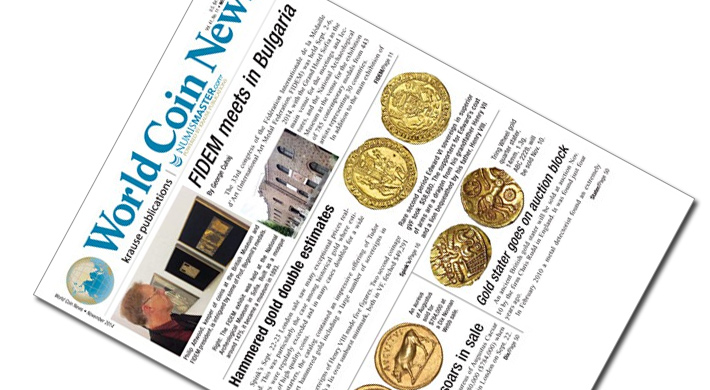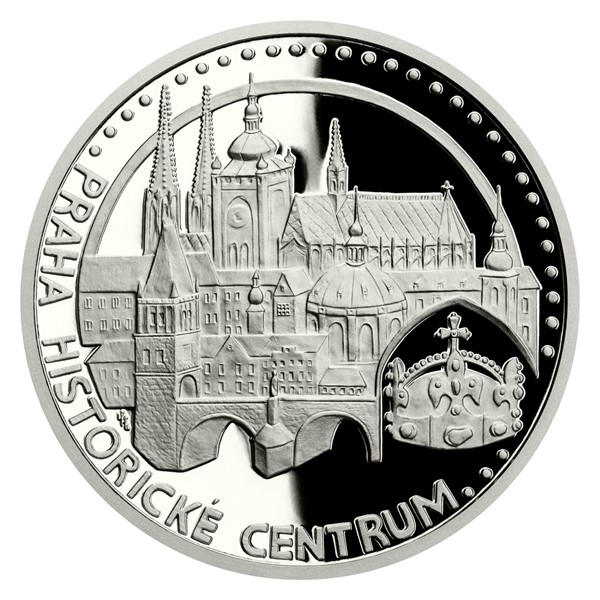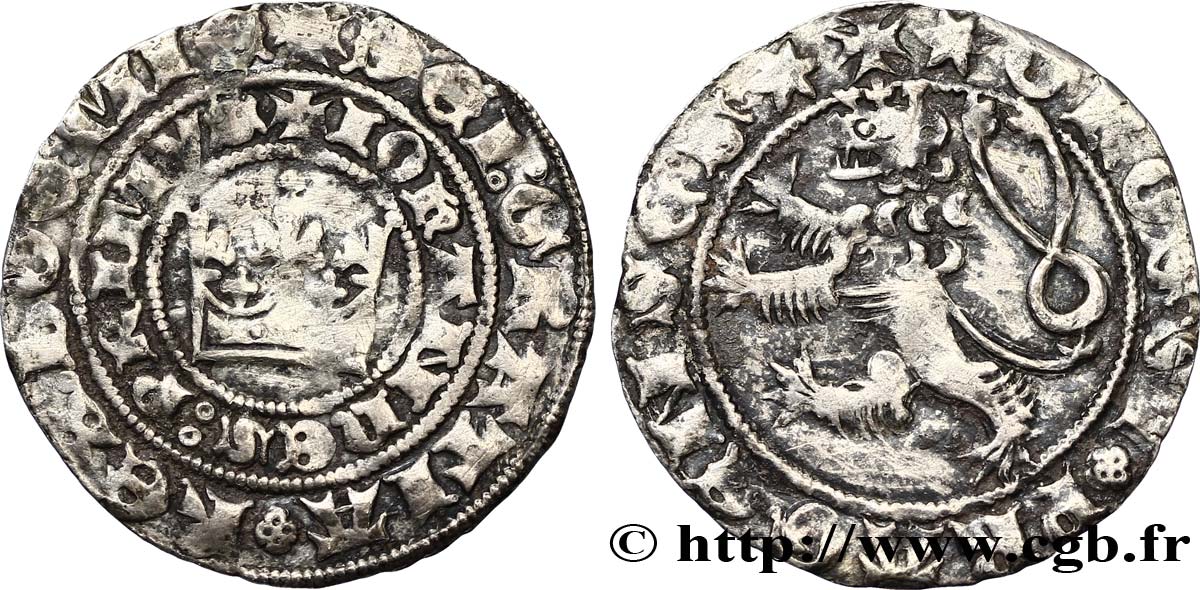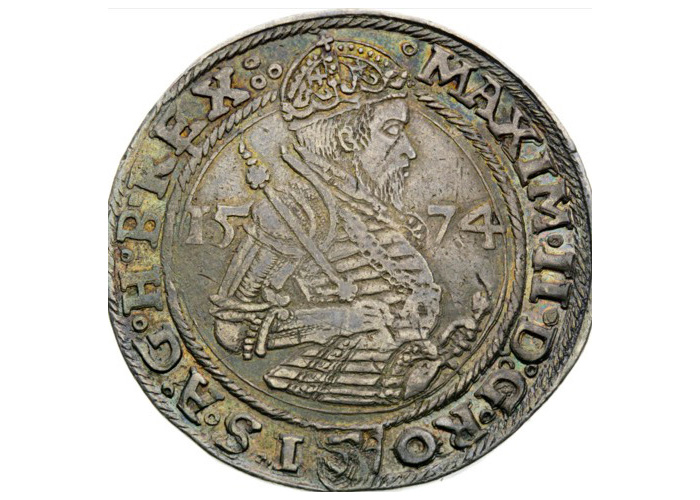Good Suggestions For Scanning Prague Mint Medals
Wiki Article
What Is The Process To Scan A Plaster Model To Create A 3d Digital Representation Of Gold Coins Or Medals?
Scanning a plaster model to create a 3D digital model for gold coins and medals involves using special equipment to capture the physical maquette's details and dimensions in a digital format. The digital replica can be used in various ways during the production.
3D Scanning: High-resolution 3D scanners are utilized to capture all details and dimensions of the model. These scanners employ various methods to record exact measurements.
The scanner will emit light or lasers beams to the model's surface. The scanner captures the surface information of the model by recording the reflections, distortions and other effects induced by the beams.
Data Collection - As the scanner is moved across the model, it gathers a huge amount of data, creating a digital version of the model’s geometry, contours and details.
Conversion to 3D Model- The collected data points are processed using specialized software, which reconstructs the information into a 3D digital model. This model mimics the physical dimensions and features of the maquette.
There are many reasons why you should create an 3D digital model
Digital 3D models permit precise replication of the physical model's dimensions and specifics. This precision is vital in ensuring that the gold coins or medals that are produced match the intended appearance.
Digital models allow for easy modification or improvement. Designers are able to make changes without altering the maquette made of plaster.
Compatibility with Manufacturing ProcessesCompatibility with Manufacturing Processes Digital 3D models are compatible with a variety of manufacturing techniques, such as 3D printing or CNC machine, facilitating the production of molds and dies for mass production.
Documentation and Archiving Digital 3D models function as an archived document of the design. 3D models that are digitally stored can be utilized for future research, reproduction or documentation.
By scanning a plaster model and creating an accurate digital 3D model, designers and designers are able streamline production, improve accuracy, and utilize modern manufacturing techniques to create gold-plated coins and medals with accuracy. Take a look at the best Scanning and 3D Modeling Prague Mint gold coins more examples. including silver nickel, coins and gold, 1 oz silver price, gold coins and bullion, 1 10 oz gold eagle, buy gold bars from bank, gold and silver shops near me, ebay gold coins, apmex gold coins, $20 gold piece and more.

What Is The Purpose Of Using Vacuum Hardening On Dies To Create Gold Coins Or Medals?
Vacuum hardening is a procedure which involves exposing dies to extreme temperatures and a controlled environment in the furnace. Here's a quick overview of how to make dies harder by vacuum.
It is vital that dies used for striking coins and medals are free of any residues and contaminants.
Loading in Vacuum Furnace
The dies may be put into a vacuum oven, which creates a vacuum in the heat-treatment area.
Evacuation from Air
The vacuum furnace draws air from the chamber, creating a controlled vacuum environment devoid of oxygen and other gases. This can prevent the oxidation process while also ensuring a an even heat treatment.
Heating Phase
The furnace is then heated to the desired temperature in order to harden the dies. The temperature range is based on the particular material used as well as the hardening procedure.
Bathing in high temperatures
Die dies need to be kept at a high temperature for a certain period of time in order for the material to attain and maintain its desired level of hardness.
Cooling or Quenching
The dies will be quickly cooled or quenched after soak. Rapid cooling helps to lock the desired strength and hardness in the metal.
Tempering (Optional).
In some instances it is possible to temper after the process of hardening. Tempering is the process of reheating dies at a low temperature in order to relieve internal tensions and improve durability.
Quality Control and Inspection
Dies with hardened material must undergo rigorous quality control and inspections in order to achieve the desired hardness, strength or dimensional tolerances.
Post-Treatment Handling-
After the vacuum hardening dies can be polished or coated prior to when they are used in the coin process or metal strike process.
The process of forming a vacuum enhances the strength, durability as well as the resistance to wear and life expectancy of the dies that are used for striking medals or coins. By ensuring a controlled and contaminant-free environment it provides a consistent and reliable way to make the dies harder. View the top vacuum hardening Czechoslovakia gold medals more examples including chinese coins, gold angel coin, 24k gold coin, buy gold biscuits from bank, 24k gold bullion, buying silver, sell gold silver near me, gold and silver shops near me, 1999 gold quarter, gold eagle price and more.

What And How Do High-Quality Gold Blanks Get Weighed, Taken Measurements And Then Ready For Minting Process?
The preparation of gold blanks is meticulously done to ensure that the gold coin or medals produced are consistent and exact. This is the way and how the process of preparation works. Gold Material Selection: Only high-purity gold can be used to create blanks. The gold will be refined to ensure that it meets the purity requirements for coins.
Gold Blank Production The gold is turned into blanks using a method known as blanking or blank cutting. Blanking is the act of cutting planchets, discs, or disks in the dimensions of coins gold by using special equipment or stamping.
Measuring and weighing precisely
Weighing- Each blank is individually weighed to make sure it meets the specified weight criteria for the coin or medal. This ensures each piece has exactly the amount of gold needed for the desired denomination.
Measuring - To ensure uniformity for uniformity, the thickness, diameter, overall dimensions, and design specifications are adhered to every blank is measured using precise instruments.
Quality Control and Inspection
Visual Inspection- Every blank is visually examined to find any surface imperfections, irregularities, or impurities which could impact the overall quality.
Rejecting Blanks that Are Not Conforming: To maintain the consistency of our products, we refuse to purchase blanks which do not conform to the required dimensions, weights, and quality standards.
Motivations for preparing
Consistency of Minting Process - The consistency of the minting process is guaranteed by accurately weighting and measuring blanks. Consistency is essential to ensure consistency in the strike process that means that medals and coins having the same quality.
Affordable Weight of Gold - Each piece of gold is weighed precisely, which assures the purity and value.
Preventing Variations Uniform blanks prevent the possibility of variations in size or weight that may affect the value of the medal or coin and legality or use for commerce or circulation.
Quality Assurance – Strict quality control of blanks during preparation ensure that only high-quality blanks and free from imperfections are used during the process of minting. This decreases the chance of flaws being present in the final product.
Legal Compliance: Uniformity and compliance with specifications are essential for coins intended for use in commemorative or circulation for purposes. They must meet the legal requirements and standards laid out by mints or regulatory bodies.
It is essential to create high-quality gold blanks in a consistent manner. This ensures that gold coins or gold medals created are authentic as well as valuable and legal. View the recommended gold blanks for Czechoslovakia gold coins more info including apmex gold coins, golden dime, silver eagle coins, coin gold price today, $5 gold piece, buying silver bars, bullion bars gold, gold coins near me, five dollar gold coin, gold coins near me and more.

What Quality Checks Are Performed On Gold-Plated Coins And Medals To Make Sure They Are In Conformity To The Standards??
After minting gold medals or coins, they undergo rigorous quality inspections to ensure compliance with specifications precision, accuracy, and quality. There are a variety of steps in these tests.
Inspections officers are taught to visually inspect every medal and coin for imperfections on the surface flaws, blemishes, or imperfections. They will look for any scratches, marks or irregularities which could impact the appearance or value of the coin.
Dimensions and Weight
Each award or coin is measured and sized to make sure it satisfies all specifications for design, including the weight, diameter, depth, and dimensions. Any deviations can indicate a possible quality issue.
Metal Purity and Composition
Quality checks are used to determine the purity or gold content of the medals or coins employing different methods, such as chemical or XRF analysis. They are able to ensure that they meet the required gold content and quality standards.
Edge Inspection
Inspectors inspect the edges of medals and coins to ensure uniformity, any imperfections (if there are any) and the reeding. The edges of the coin or medal is an important area for adding security features and design elements.
Strike Quality
To assure consistency To ensure uniformity, the quality of the strike is evaluated for clarity, sharpness and ease of the design and overall look.
Errors in minting and proofing
For proof or special edition coins, a thorough inspection is conducted to identify any minting errors, flaws or other discrepancies that could affect the coin's collectible value.
Packaging and Presentation
Quality tests extend to presentation and packaging to ensure that the coins or medals are correctly sealed, stored, or presented in cases or holders, without any damage or contamination.
Random Checks and Sampling-
Random checks or random sampling are conducted on batches to ensure high standards of quality are consistently met throughout the whole minting process.
Documentation for Compliance
All quality checks should be documented in order to comply with all regulations such as certification requirements, regulations, and standards for minting. These documents serve as proof of the coin's authentic and quality.
Rejection of non-conforming items
The purity of the coins and medals are maintained by rejecting or reprocessing those that don't meet these standards.
The mints and certification agencies ensure the gold coins or medals they make conform to the strictest standards for their purity, accuracy appearance, and value. This guarantees collectors, investors, and customers that the products they purchase are genuine and meet the standards. Follow the most popular Prague Mint gold coin quality control more advice. including gold one dollar coin, 1oz gold price today, 1 ounce gold bullion, gold krugerrand, st gaudens gold coin, 100 grams gold biscuit, gold bullion bars for sale, double eagle coin, gold silver coins, 10oz gold bars and more.
